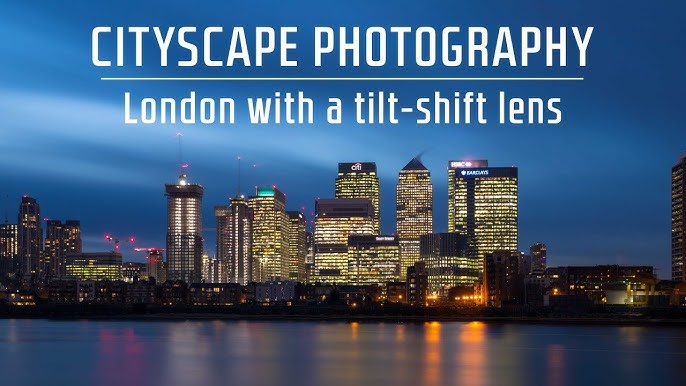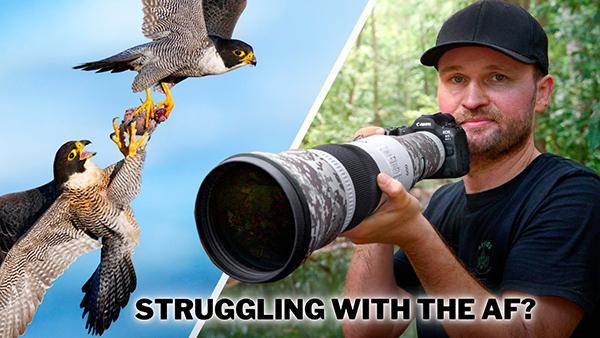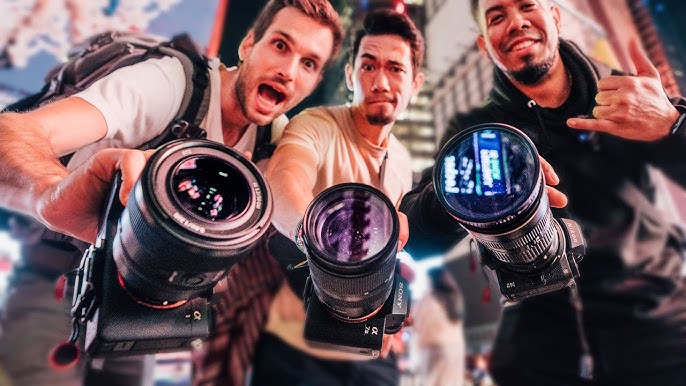Mastering the Lens: Emerging Trends and Techniques in Contemporary Photography

1-01-2025, 08:06 Admin 7 040 0
As we glide through the 21st century's third decade, the photography industry continues to be revolutionized by groundbreaking trends and techniques. Tech aficionados and photography enthusiasts together are creating a harmonic symphony that not only catalyzes the evolution of visual storytelling but also redefines the frames per se.
One practice gaining mileage recently is Computational Photography. In this, multiple images are captured and computationally fused to construct a photo that's beyond the hardware's constraints, all thanks to modern mobile technology. Tech giants like Apple and Google employ this in their latest smartphones, allowing for functionalities like low-light or 'Night Sight' photography. Computational photography moves the needle from lens-based to software-dependent capture, creating images not possible with traditional cameras.
Another technology portending a significant shift in photography trends is the use of drones. From commercial photography to nature shots, drones offer a new perspective –literally– on framing a shot. The photography world is now not bound by feet on the ground, offering a comprehensive 360-degree visualization rarely achieved before. With drone technology advancements, photographers can optimize efficiency in capturing large scale scenes and landscapes with minimal effort.
Artificial Intelligence (AI) and Augmented reality (AR) also offer extended potential to photographers. AI-based image editing tools, such as Luminar 4, use algorithms to enhance the photo's subjects. Emerging AR tools are aiding photographers with live filters, lens flare effects, and animated elements—adding a fresh touch to conventional photography.
Alternatively, another trend direction is Minimalist Photography, seeking beauty in simplicity. Here, less is considered more; by focusing on fewer elements in a frame, photographers paint a more impactful visual narrative—an efficient way to convey a story without needing elaborate set-ups.
The 360-degree camera technology sparks a new wave in capturing immersive, experiential content. From virtual tours to interactive photos, these full-view cameras like the Insta360 One X are changing the game in panoramic photography.
High Dynamic Range (HDR) photography, a technique that amplifies an image's dynamic range (contrast ratio between the darkest and the lightest parts), is becoming more accessible thanks to software advancements. HDR lets photographers create images more akin to what our eyes perceive in real life.
Last, consider the growth of Cloud-backed Photos Storage solutions. With increasing photo resolution, managing storage is a challenge. Cloud storage solves this issue, offering vast space that can be accessed from anywhere at any time—increasing photographers' operational efficiency. Google Photos, Dropbox, and Amazon Photos are among popular cloud photography storage services.
The photographic industry continues to evolve, and embracing these emerging trends and techniques will be vital. Harnessing modern technology and resources efficiently will enable photographers to create awe-inspiring images, telling stories more magnificently than ever before. Let our frames continue to blur the line between reality and imagination as we keep mastering the lens.
One practice gaining mileage recently is Computational Photography. In this, multiple images are captured and computationally fused to construct a photo that's beyond the hardware's constraints, all thanks to modern mobile technology. Tech giants like Apple and Google employ this in their latest smartphones, allowing for functionalities like low-light or 'Night Sight' photography. Computational photography moves the needle from lens-based to software-dependent capture, creating images not possible with traditional cameras.
Another technology portending a significant shift in photography trends is the use of drones. From commercial photography to nature shots, drones offer a new perspective –literally– on framing a shot. The photography world is now not bound by feet on the ground, offering a comprehensive 360-degree visualization rarely achieved before. With drone technology advancements, photographers can optimize efficiency in capturing large scale scenes and landscapes with minimal effort.
Artificial Intelligence (AI) and Augmented reality (AR) also offer extended potential to photographers. AI-based image editing tools, such as Luminar 4, use algorithms to enhance the photo's subjects. Emerging AR tools are aiding photographers with live filters, lens flare effects, and animated elements—adding a fresh touch to conventional photography.
Alternatively, another trend direction is Minimalist Photography, seeking beauty in simplicity. Here, less is considered more; by focusing on fewer elements in a frame, photographers paint a more impactful visual narrative—an efficient way to convey a story without needing elaborate set-ups.
The 360-degree camera technology sparks a new wave in capturing immersive, experiential content. From virtual tours to interactive photos, these full-view cameras like the Insta360 One X are changing the game in panoramic photography.
High Dynamic Range (HDR) photography, a technique that amplifies an image's dynamic range (contrast ratio between the darkest and the lightest parts), is becoming more accessible thanks to software advancements. HDR lets photographers create images more akin to what our eyes perceive in real life.
Last, consider the growth of Cloud-backed Photos Storage solutions. With increasing photo resolution, managing storage is a challenge. Cloud storage solves this issue, offering vast space that can be accessed from anywhere at any time—increasing photographers' operational efficiency. Google Photos, Dropbox, and Amazon Photos are among popular cloud photography storage services.
The photographic industry continues to evolve, and embracing these emerging trends and techniques will be vital. Harnessing modern technology and resources efficiently will enable photographers to create awe-inspiring images, telling stories more magnificently than ever before. Let our frames continue to blur the line between reality and imagination as we keep mastering the lens.
Related News
Leave a Comment


